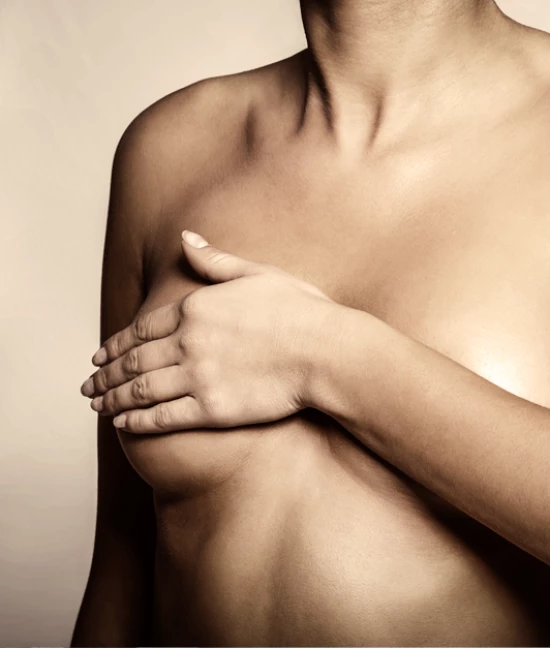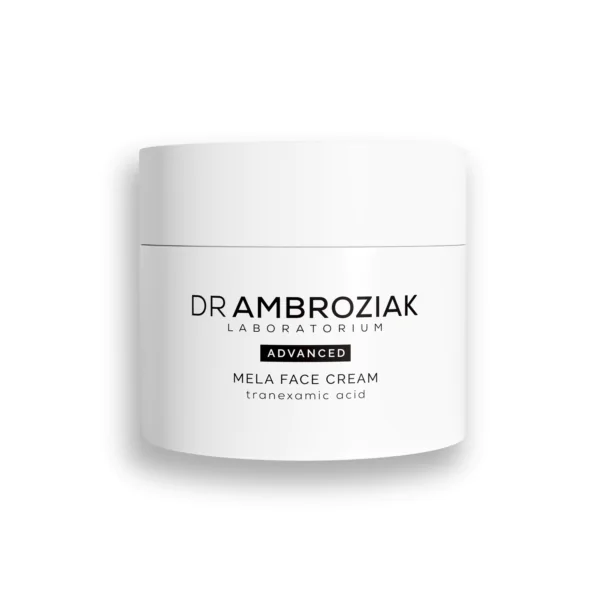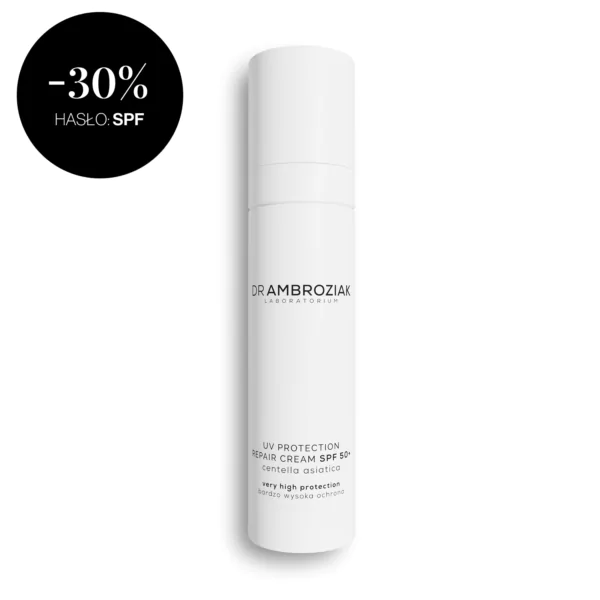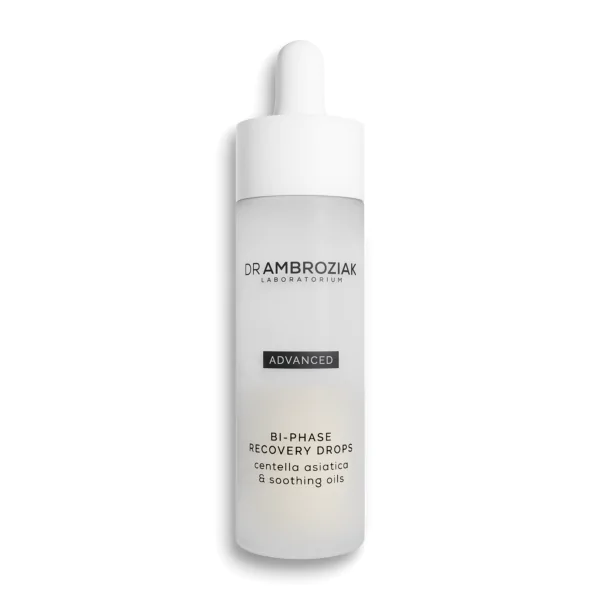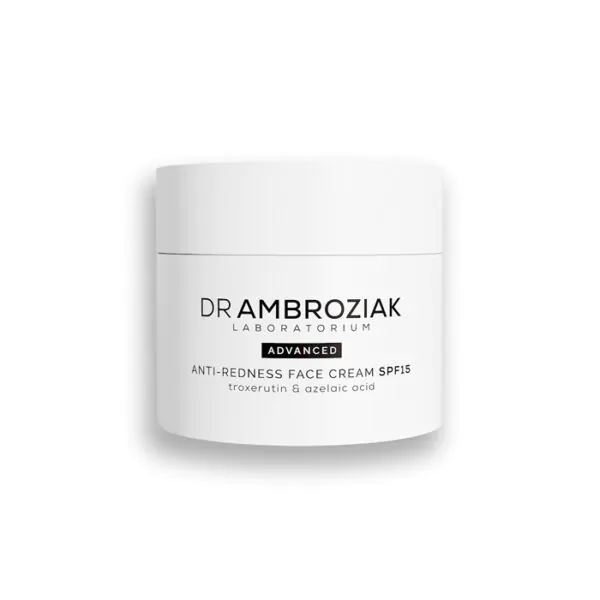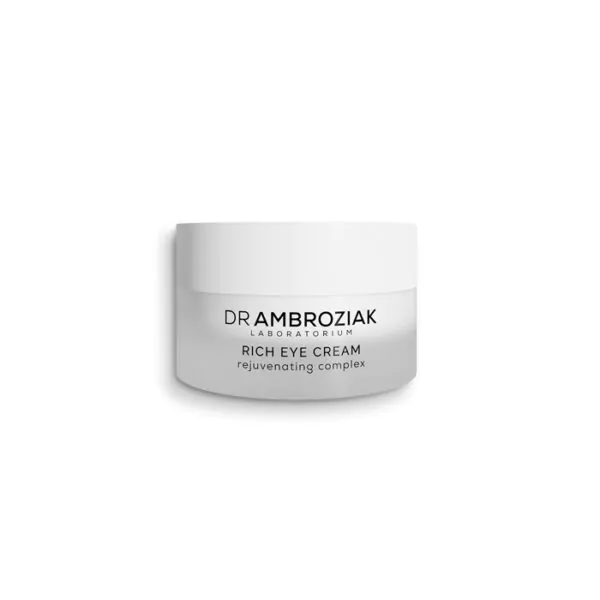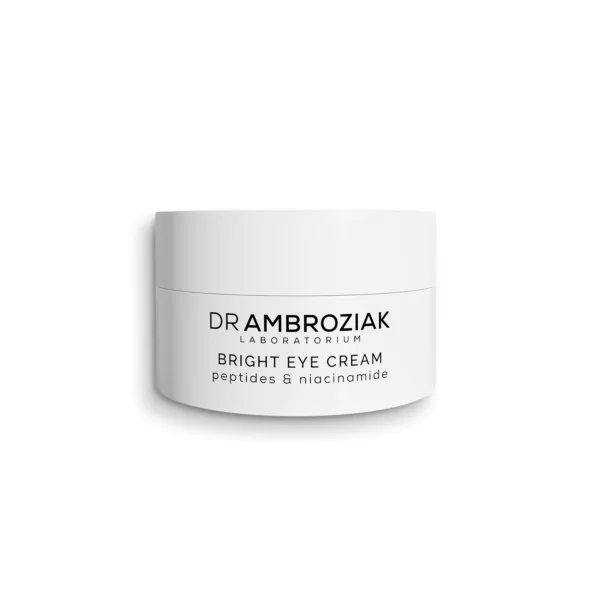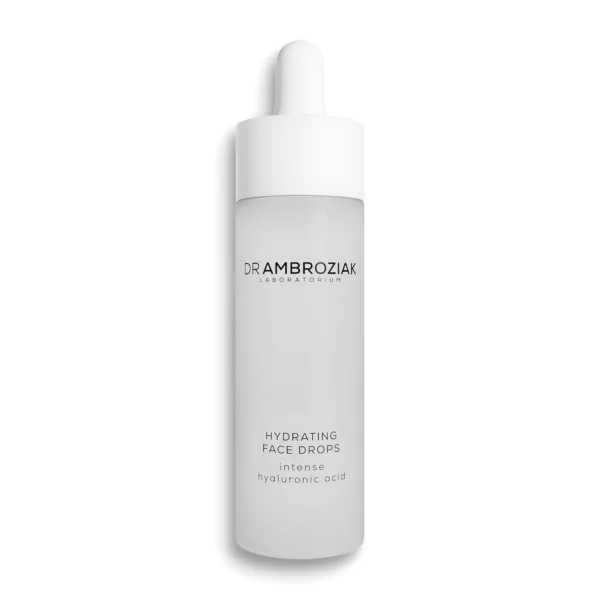Breast reconstruction
Breast reconstruction is a term encompassing a number of different surgical procedures that aim to reconstruct breast elevation in a manner adequate to the healthy side. It most commonly affects female and male patients after mastectomy for breast cancer, female patients undergoing preventive mastectomy, and less commonly in congenital underdevelopment of the breast or acquired deformity. There is no single universal breast reconstruction procedure. Adequate knowledge, skills and experience allow the surgeon propose individually the reconstruction method that will be most beneficial in a given case.
When deciding on the type of breast reconstruction, a number of factors are taken into account, such as: target size of the reconstructed breast, the size and sagging of the healthy breast, skin quality, radiotherapy history, procreation plans, physical activity, history of surgeries, condition of the abdominal cavity integuments, risk factors (age, nicotinism, BMI, metabolic diseases such as diabetes). The size and shape of the reconstructed breast is not always arbitrary ("on demand"), but depends on many factors, including anatomical conditions (height, chest width, muscle development, breast size, breast sagging, etc.). Therefore, any such decision is usually taken after direct consultation with the patient, thorough evaluation of the above factors and assessment of the patient's expectations.
Why is it worth it?
Breast loss is a traumatic experience that has a negative impact on self-perception and self-attractiveness. It often results in reduced self-esteem and concerns about family and social relationships. Single- or multi-stage breast reconstruction most often results in breast elevation, which makes it possible not to wear external prostheses, special underwear and clothing, and allows wearing clothes with a plunging neckline without feeling stigmatised. In most cases, the effects of reconstruction are good enough to regain self-confidence also in the sphere of intimate contacts. In some cases, e.g. breast atrophy, significant breast hypertrophy or breast sagging, reconstruction may give an even better result than the original one. One should be aware, however, that this is a different, more difficult and less predictable category of treatments than surgeries performed for purely aesthetic reasons.
What do you need to know?
Location
Duration time
Effects
In most cases, the effects of reconstruction are good enough to regain self-confidence also in the sphere of intimate contacts. In some cases, e.g. breast atrophy, significant breast hypertrophy or breast sagging, reconstruction may give an even better result than the original one. One should be aware, however, that this is a different, more difficult and less predictable category of treatments than surgeries performed for purely aesthetic reasons.
Book consultation!
FAQ
Most reconstructive procedures are carried out under general anaesthesia. Breast reconstruction, depending on your qualifications, can be performed in a number of ways: 1. Lipotransfer - transplantation of fat tissue, e.g. from the abdominal layers to the breast. The first stage is the liposuction procedure, i.e. extraction of adipose tissue from the donor site and then transferring it with the use of cannulas and small skin incisions to the area of the breast being reconstructed. Disadvantages of the method are the limited amount of fat tissue that can be transferred at one time and partial necrosis/absorption of the transplanted tissue. Hence, the effect of the procedure is difficult to predict and it usually needs to be repeated several times, and the volume of the reconstructed breast is usually not large. 2. Staged reconstruction with an expander - space under the pectoralis major muscle and partially under the anterior alveolar muscle is dissected. A temporary implant (expander) is inserted into the space prepared in this way, which is initially not filled at all or partially filled with saline. After the operation, the expander is expanded several times every few weeks (saline is administered into the "chamber" of the expander). This period may last several months. After sufficient filling, the second stage takes place, i.e. the expander is replaced with the final prosthesis. The advantage of this form of reconstruction is the good tissue coverage of the implant and the possibility of correction during the second stage. 3. Simultaneous reconstruction with the final prosthesis - most often performed during prophylactic mastectomy. After removal of the gland, the target implant (usually a full silicone prosthesis) can be placed: 1.) subcutaneously; 2.) in the space under the dissected pectoralis major muscle and partially the anterior alveolar muscle 3.) only partially covered by the pectoralis major muscle. In some cases, there may be an indication to use additional material for stabilization and covering of the prosthesis, e.g. a non-absorbable synthetic mesh, partially or completely absorbed, or a cell-free biological matrix (so-called biological mesh). Biological meshes slightly more often cause allergic reactions at the site of implantation, usually temporary. 4. One-stage reconstruction with autologous tissues, i.e. dermal-subcutaneous or dermal-muscular flaps - usually in patients after radiation therapy, which significantly reduces the elasticity and extensibility of the skin. These flaps may be "pediculate", i.e. have preserved blood supply or "free" - then, they require execution of microsurgical anastomoses of vessels. The most commonly used flaps are: 1.) TRAM flap - skin and muscle flap from the lower abdominal tissues - skin and subcutaneous tissue from the lower abdomen, pediculate with the dissected rectus abdominis muscle on one side, is transferred to the place of the removed gland. This procedure is associated with leaving a transverse, extensive scar in the lower abdomen and a scar around the umbilicus, which needs to be moved. It can result in weakening of the abdominal wall, presence of an abdominal protrusion or hernia and usually requires the sewing of a so-called "hernia mesh" in place of the removed muscle. 2.) DIEP flap - a skin-subcutaneous flap from the tissues of the lower abdomen - a free flap containing the skin and subcutaneous tissue with prepared vessels from the rectus abdominis muscle, which, after transferring to the place of the removed gland, are anastomosed with vessels of the breast area - usually internal mammary vessels. These anastomoses are performed using microsurgical techniques. The dissection of internal mammary vessels often requires the removal of a fragment of a rib in the sternal region. Due to location in close proximity to the pleura, there is a real risk of pneumothorax. The rectus abdominis muscles are not removed or displaced, so there is no need to sew in a "hernia mesh" and the risk of abdominal hernia is significantly lower than in the case of the TRAM flap. The advantage of abdominal flap reconstruction is that full abdominal plastic surgery is performed after the flap has been retrieved. Autologous abdominal flaps can exceptionally be supplemented with an implant (combined techniques). 3.) LD flap - a dermo-muscular flap from the dorsal widest muscle - it is a pediculate flap taken from the back and slid on the muscle pedicle under the armpit. Extraction is associated with scarring in the subscapular or lumbar region, and subcutaneous lymphatic accumulation is often observed. In the case of LD flaps, reconstruction is usually performed in two stages: as a volume supplement in the first stage, an expander is additionally placed under the flap, which in the second stage is replaced with the target prosthesis. In addition to the reconstruction of breast elevation, we encourage Patients to undergo reconstruction of the areola - nipple complex, which is the real complement of the aesthetic effect of the operation and the so-called icing on the cake. The nipple is usually reconstructed using local plasty methods from the skin of the reconstructed breast under local anaesthesia, and the areola is reconstructed using skin grafts or is tattooed.
Recommendations after the breast reconstruction surgery are individualised depending on the method performed. In cases of reconstruction with an expander or prosthesis, wearing a special bra with a belt stabilizing the expander position is usually recommended. It is recommended to limit some forms of physical activity, usually for 3 months. After this period, with normal postoperative course, the patient can return to her normal lifestyle, including practicing any sport, without any special restrictions.
Relative contraindications to the procedure may include the accumulation of complication risk factors, i.e. obesity, nicotinism, diabetes and other internal medicine diseases. Absolute contraindications are rare, most often limited to a locally active neoplastic disease. Unrealistic expectations regarding the aesthetic effect may also be a reason not to carry out the reconstruction.
Surgery results are noticeable immediately after the procedure, but the final result appears only after the incisions are healed.
Permanent results
Breast reconstruction surgeries involve a great amount of emotions, uncertainty and expectations. Of course, the Clinic is not able to give a full guarantee of the desired result of the operation, and the risk of complications is real and probable. In many cases, the Patient must take into account further, corrective surgeries. However, if you decide to undergo surgery at Ambroziak Clinic, you have the guarantee that you will be taken care of by an experienced team, for whom these procedures are everyday work and passion. Breast reconstruction requires an individual approach, selection of the optimal method of reconstruction and its precise execution, which will translate into obtaining the best possible result of the procedure.
Final results of the surgery may be evaluated after complete healing of the tissues
No
We also recommend
Find the perfect treatment for you

Microneedling scar treatment

Kinesiotaping

